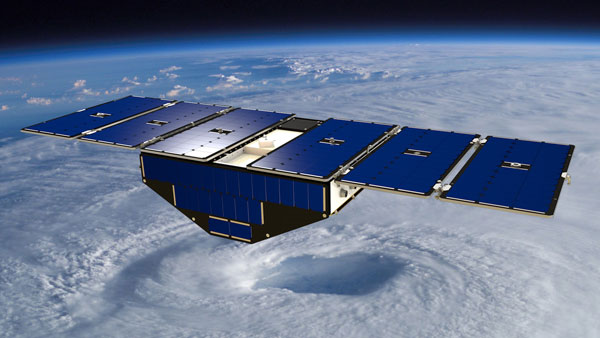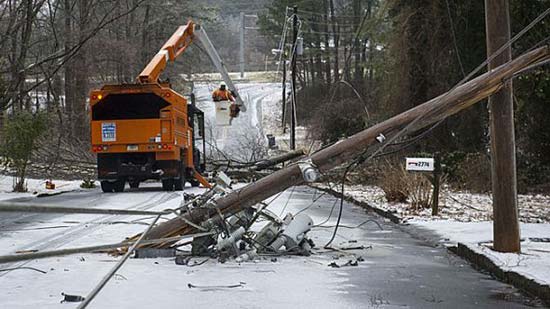 How to survive a power outage in winte
How to survive a power outage in winte Monarch Butterflies That Should Have Migrated South Have Yet to Leave Canada
Monarch Butterflies That Should Have Migrated South Have Yet to Leave Canada Rain, cooler air to sweep record-challenging warmth out of southern US this week
Rain, cooler air to sweep record-challenging warmth out of southern US this week Franken-Philippe Bringing Damaging Winds
Franken-Philippe Bringing Damaging Winds Exploring Solar Storms
Exploring Solar Storms Tropical Storm Philippe Drenches Florida and Cuba
Tropical Storm Philippe Drenches Florida and Cuba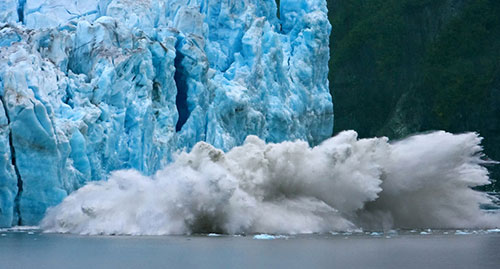 Hole in the ozone layer over Antarctica
Hole in the ozone layer over Antarctica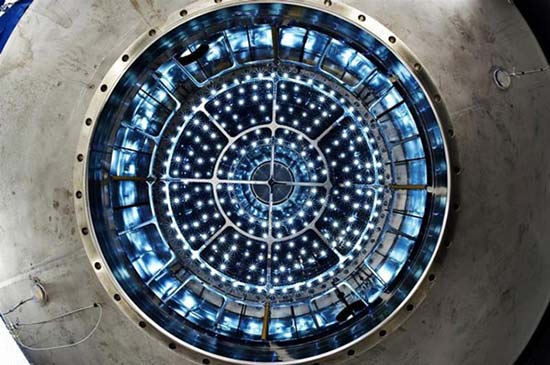 The history of the barometer
The history of the barometer
Exploring Solar Storms
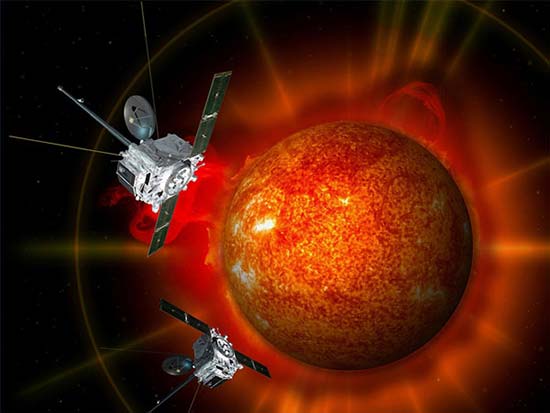
Looking up at the sky on a pleasant summer’s day, one might be forgiven for imagining that the sun is a serene object, freckled only with the occasional sunspot. But whilst this sphere of hot plasma provides stable conditions for life to thrive on Earth, the sun itself is anything but serene.
Most of the time, what is going on with the sun doesn’t really affect us here on Earth, but in rare cases, it can. On September 1, 1859, miners in the Rocky Mountains reported being awoken by lights during the night. They rose to find the sky so bright that it looked like day. Shortly after, telegraph systems across Europe and North America began to fail. Telegraph operators reported sparking pylons, fires and electric shocks when they touched machinery. Aurorae – usually associated with the polar regions – were visible at low-latitudes in countries such as Cuba and India. This was the Carrington Event: one of the largest ‘solar storms’ on record.
Every so often, the sun emits vast amounts of matter and radiation in the form of so-called solar storms. The impact of solar storms can be felt throughout the solar system, including here on Earth where they can have diverse effects, from the beautiful auroral displays of the Northern and Southern Lights, to potentially damaging effects on space and ground-based technology, including electronics, satellite navigation and power systems.
Although most solar storms are relatively benign, a severe storm ─ albeit much more rare ─ can happen at any time. And so, given our ever-increasing reliance on vulnerable technologies, we need to prepare ourselves for the potentially hazardous effects of those solar storms that come our way.
Thanks to cutting-edge research, we now better informed about the science behind solar storms than ever before. So on the anniversary of the Carrington Event, we look to what we know and what we’re still trying to work out when it comes to this astonishing phenomenon.
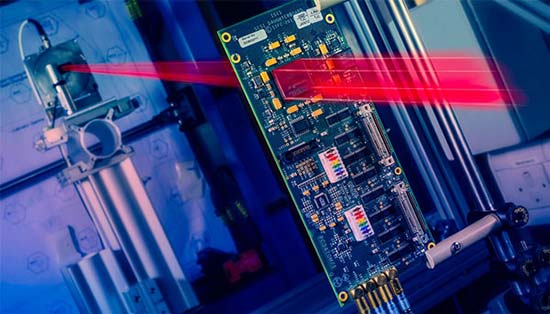
Solar Storms and Planet Earth
So how exactly is Earth affected? Well, solar storms are associated with three main phenomena:1. Coronal mass ejections (CMEs): Changes to the sun’s atmosphere can trigger eruption of matter into interplanetary space. CMEs are vast clouds of magnetised plasma ejected from the sun at great speeds – the fastest can travel from the sun all the way to Earth within a day.
A CME that hits the Earth can interact with the planet’s magnetic field and atmosphere. This, in turn, can cause a geomagnetic storm leading to mesmerising auroral displays. However, these storms also cause the most severe space weather effects, like the disruption of power grids, satellite applications, and transport and logistics systems.
2. Solar energetic particle events: The shock waves ahead of a fast CME can produce high-energy particles termed ‘solar energetic particles’. These particles can first reach Earth in under an hour, but can then continue for days as the CME travels out into the solar system. The most energetic of these particles can penetrate Earth’s atmosphere, producing high-energy neutrons that can disrupt electronics on aircraft and on the planet’s surface.
3. Solar flares: The release of magnetic energy in the sun’s atmosphere can also generate intense flashes of light, including bursts of X-rays, extreme ultraviolet radiation and visible light.
These ‘solar flares’, which reach the Earth in eight minutes, are sometimes associated with CMEs but sometimes not. They can affect the upper atmosphere, causing short breaks in some forms of aircraft radio communications used in remote areas, such as over the oceans. But these breaks are easily mitigated if the affected aircraft can also use satellite communications.
The Great Solar Storm of 1859
It sounds like stuff of sci-fi, but massive solar storms are very real. The Carrington event, a major solar storm that hit earth just under 160 years ago, is an example. Richard Carrington and Richard Hodgson independently made the first observations of the flare associated with one of the largest solar storms on record.
Of course, 160 years ago, we weren’t nearly as dependant on technology as we are now. Experts estimate that, were the Carrington Event to occur today, it could cause disruption costing billions of pounds. And whilst events like Carrington are very rare, the risk is significant enough that we need to be prepared. We experienced a taste of this in July 2012, when a Carrington class CME erupted from the farside of the sun. Fortunately the CME was travelling away from Earth, but it was nonetheless well observed by several spacecraft.

Science to the Rescue
Science is playing a crucial role in helping us to both better understand solar storms and to mitigate their potential impact.
In the UK, ‘space weather’ is now included in the national register of civil emergencies, and this has led to the establishment of a UK Met Office Space Weather Operations Centre. There are also concerted efforts to better engage the public with space weather.
So how exactly is science helping?
Observing the phenomena associated with solar storms is fundamental to helping us understand the science of space weather. To this end, back in 2006, NASA launched the STEREO mission: two spacecraft orbiting the sun.
The spacecraft, in solar orbit, are designed to image CMEs heading for Earth all the way from their birth on the sun to the time that they reach our planet. STFC’s RAL Space played a significant role in the imaging instruments on STEREO, in particular leading the design and build of the so-called Heliospheric Imager instruments. Although contact was lost with one of the STEREO spacecraft as it prepared to go behind the sun, endeavours to re-establish contact are intensifying at the time of writing, as the spacecraft’s orbit is now bringing it closer to Earth.
Back on Earth, scientists are scrutinising images from STEREO in order to improve their understanding of solar storms. For example, May 2017 saw the culmination of an EU-funded project led by RAL Space known as the ‘Heliospheric Cataloguing, Analysis and Techniques Service’ or HELCATS for short.
As part of HELCATS, scientists across Europe have spent three years examining data from STEREO and other spacecraft to catalogue events from the relatively modest, like we saw in July 2012, to those as potentially hazardous as the Carrington Event. This is helping us to better understand the physics behind solar storms, and could also improve our ability to predict their arrival at Earth.
But even if we have warning that a solar storm is coming our way, how do we protect ourselves from the fallout? To help answer that, experts at STFC’s ISIS neutron and muon facility are exploring the interactions between space weather and the electronics we rely on in everyday life.
The increased miniaturisation, complexity, speed and prevalence of electronic devices, such as silicon chips, means that we’d be very vulnerable if these electronics were to fail. But using the cutting-edge ChipIR instrument at the neutron source, scientists hope to find ways of mitigating this risk.
The most advanced facility of its kind anywhere in the world, ChipIR can effectively recreate space weather’s impact on Earth using neutrons. With this information, we can assess the risk posed by solar storms and identify any action that needs to be taken in order to protect our electronics.
Information gathered by ChipIR could inform policy decisions and eventually assist in the manufacturing and design of electronics and systems that are shielded from the impact of solar storms.
Much more work is needed before we can fully grasp how Earth might be affected by a major solar storm, and research will continue at STFC’s ISIS neutron and muon source and in RAL Space, as well as at other sites around the world. In the meantime, this work is already paying off; we’re now better informed and equipped to respond than ever before.
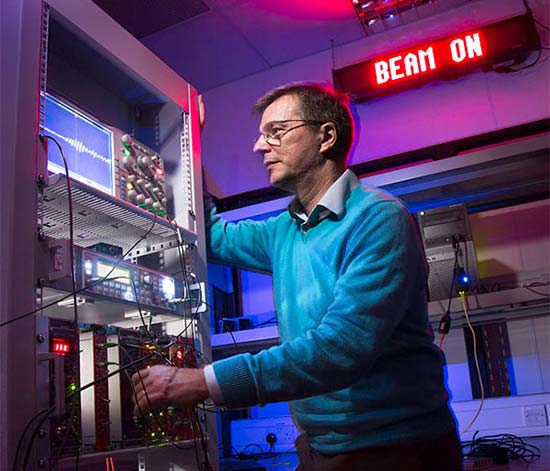
Calm Before (and After) the Storm
It’s important to remember that solar storms on the scale of the Carrington Event are extremely rare. However, the risk – although small – is real, and so scientists and policy-makers are taking it seriously.
By working now to better understand space weather and its impact on Earth’s infrastructure, we’re helping to prepare ourselves for the potential consequences of a major solar storm – so that if one ever does come our way, we’ll be as prepared as we possibly can be.


